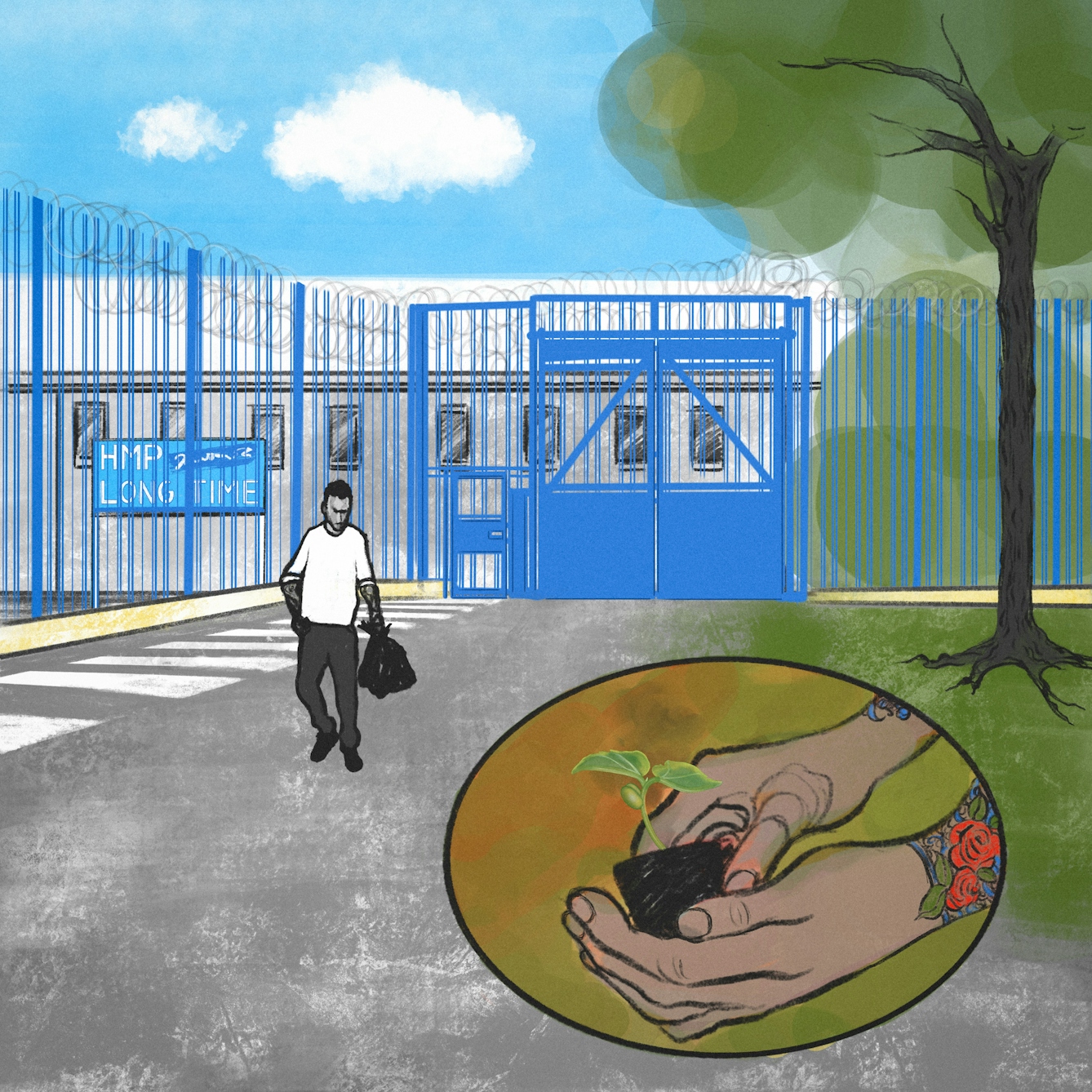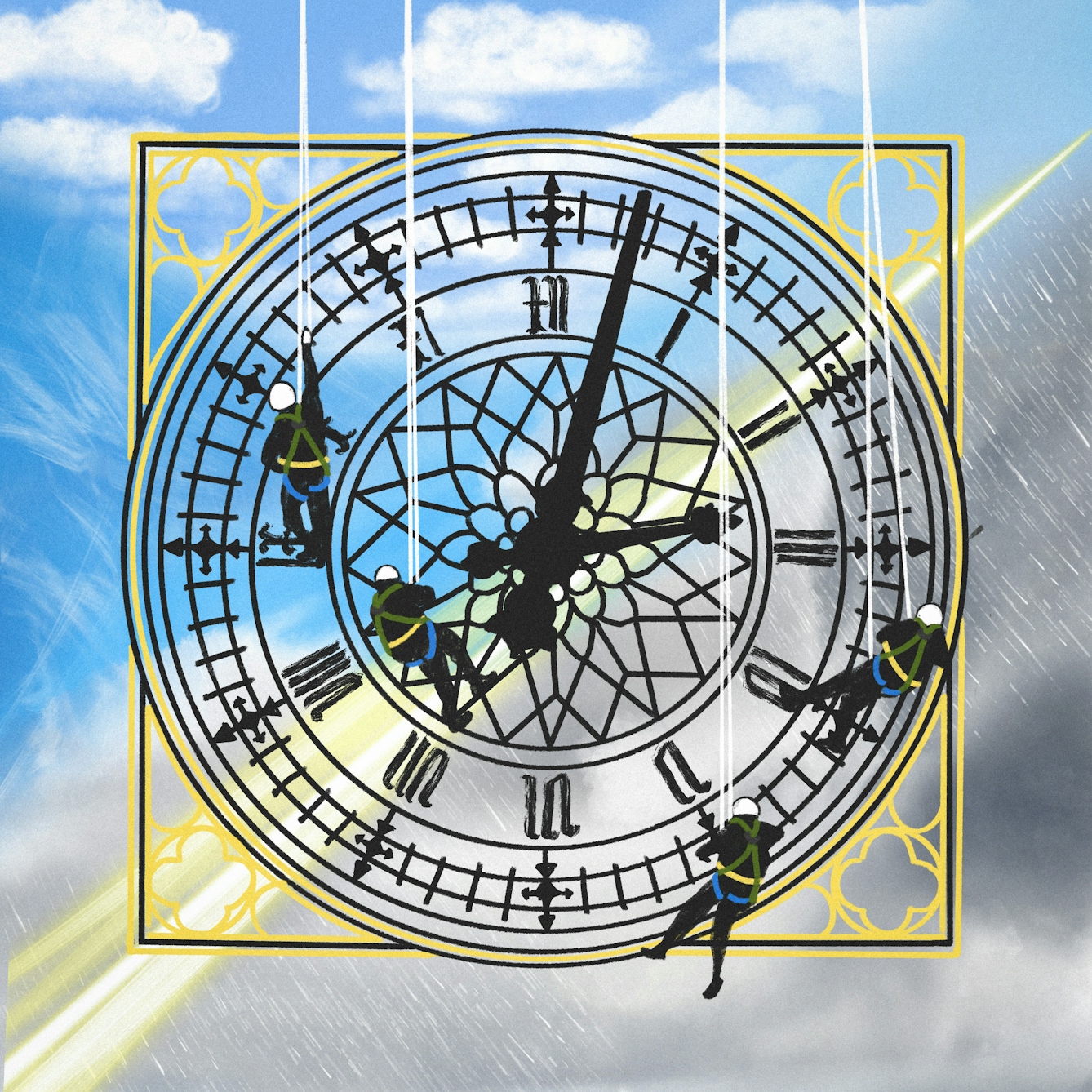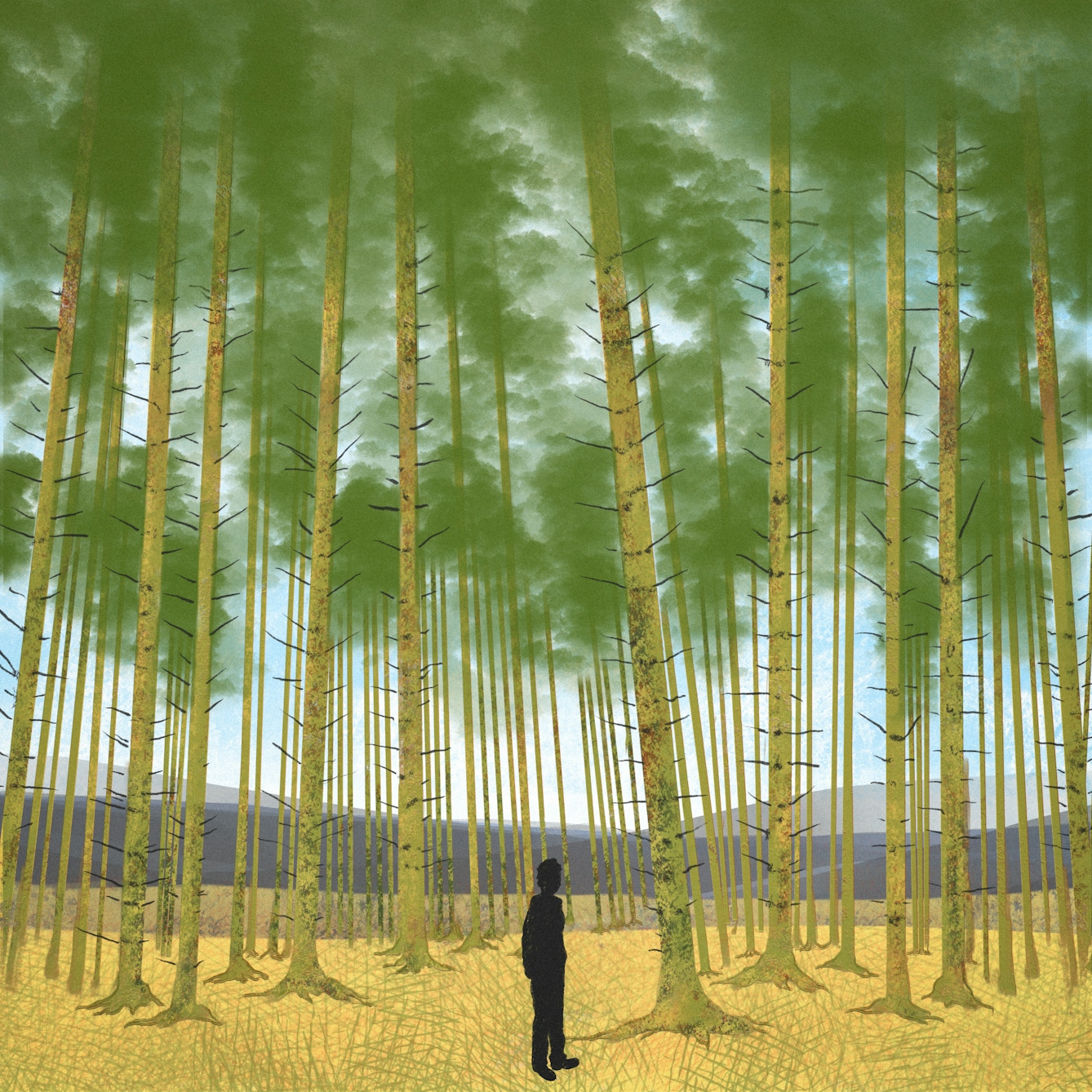In March 2020 flatmates and writers Ana and Gayan started keeping a journal of their lockdown experiences. This mushroomed into a grassroots project encompassing dozens of writers, from students to sex workers, all recording their efforts to make sense of our new situation. Ana reflects on a year of ‘Journals of a Pandemic’.
When the pandemic took hold last year, my flatmate Gayan and I decided, like many people, to keep a journal. At first, writing a few lines in a notebook was a personal way of making sense of the new landscape: deserted streets, empty supermarket aisles, passenger-less trains, and a new language of “lockdowns” and “social distancing” unheard of in 2019.
Above all, we were writing away our growing sense of isolation. We wondered how many other journals were being written. Quite a lot, as it turned out.
Soon after we started our collective writing project, we had an email from an academic who had secured funding for their own diary-writing project, which had recently been featured in the media. Over 100 diarists were already on board. Gayan reassured me there were probably still more diarists left if we looked hard enough. Later, I heard him badgering his mother to type up a journal entry for us – mine already had.
From that less-than-promising start, we set up an attractive, if simple, website, named ‘Journals of a Pandemic’, and set about reaching as many people as we could from our living room. Through a series of avenues that began with our personal networks of family, friends and colleagues, we began to assemble a collection of stories.
Early on, a dilemma presented itself about whether the project adequately represented a wide enough range of voices. Who would write, with what aim, to what effects? We decided to encourage writing from people who were often written about in the media but rarely given the opportunity to write their own story.
We gathered entries from people who were diarists first – but who were also unionists, ex-prisoners, sex workers, immigrants, artists and performers. A phrase used by disability activists in the 1990s, “nothing about us except with us”, became one of our guiding principles.

“One diarist called ‘Jack’ wrote about life after leaving prison during a pandemic: ‘After fighting… an endless battle trying to find work… I’m now officially a gardener.’”
We wanted to construct a space that made room for stories that were unrecorded and neglected, experiences whose value went beyond likes, clicks or headlines. Guaranteed anonymity was key for the sharing of intimate details of daily life.
How did people spend their days; what were their hopes and worries; what did they long for the most? And in particular, how did these tiny details reveal the social disparities we knew existed but were quietly silenced?
One diarist called ‘Jack’ got in touch with us and wrote about life after leaving prison in the middle of a pandemic: “After fighting what seemed like an endless battle trying to find work… I’m now officially a gardener.”
Sport, scatology and stockpiling
People wanted to contribute for a variety of reasons. Some diarists wanted to document the pandemic, and Samuel Pepys’s ‘A Journal of the Plague Year’ was frequently referred to as an inspiration. Others wanted to highlight the particular impact of the lockdown on their community.
One diarist who was an Irish Traveller wrote of the public vitriol Travellers were facing while also confronting the hardships of the lockdown: “Those who are still roadside face increasing challenges in accessing water and sanitation with gyms and swimming pools closed. Small trailer fridges meant that when the initial stockpiling frenzy started, people found it difficult to buy the items they needed.”
The content of the journals was often as diverse as their authors. An entry about pooing in lockdown received a surprisingly high level of interest. Other entries often mirrored our own thoughts and feelings: “Every day is the same, yet different – the weather seems to be experiencing all four seasons in one day, the whole spectrum, just like my emotions”

“‘Every day is the same, yet different – the weather seems to be experiencing all four seasons in one day, the whole spectrum, just like my emotions.’”
Every evening we would talk over dinner about the latest journals and puzzle over how their authors had found us. The mystery of why we were suddenly receiving an extremely large number of diaries from high-school students was partially solved when it became apparent the writers were all from the same school in New York.
How did people spend their days; what were their hopes and worries; what did they long for the most?
We realised that certain entries hit upon identical themes on certain days, such as music they were listening to or letters to their sporting loves: “Dear Hockey, I miss you, bro,” one entry began, which was both as sad as it was amusing.
It was difficult not to feel a connection with our most faithful diarists. The last entry the project received was from an activist from Disabled People Against Cuts (DPAC). At the outset of the project he told us he wanted to contribute but said he could only do so by sending in audio recordings. We ended up transcribing over 200 entries by hand, listening to the events of his day in our evenings.
He once told us that the diaries had felt like a conversation. When we closed the project, his final entry, the longest he had recorded, concluded with the words, “I hate goodbyes.”
Money worries
As the project developed, it was evident that many of our writers, often precarious workers, had incomes hit hard by the pandemic. We wondered whether it was right to take their words without payment – whether we could avoid the journals engendering that exploitative practice prevalent in many sectors.
Our grassroots project had never attempted to make money off the back of our writers, but we wondered whether diaries documenting unemployment and mental health struggles placed onerous emotional demands on people at a moment of great fragility, not to speak of real material struggles. There were no easy answers – even as we began to commission and pay some contributors, a decision that we made on a case-by-case basis and with cash from our own pockets.

“How did people spend their days; what were their hopes and worries; what did they long for the most? And, how did these details reveal the social disparities we knew existed but were quietly silenced?”
When reaching out to a sex-worker collective for diary pieces, we were conscious that extremely few were eligible for the government’s Covid-support grants, and work had almost dried up. Gayan and I put together a brief letting potential writers know that they would be paid for any writing submitted.
One morning we received an email in response to our brief from a sex worker who was interested in being commissioned, but who didn’t want to write about sex work. The email raised difficult questions about how we decided which authors should be remunerated and why we were commissioning them. We wondered whether we were at risk of pigeonholing contributors according to their life circumstances, and we also began asking ourselves if we should be paying many writers beyond the small pool we had been able to fund.
At the same time, when the project came to an end, we were short of money and close to burnout. We had started out with big dreams: we wanted to set up a collective of diarists run democratically, with a website allowing each diarist to manage their own contributions; we wanted readers to be able to read diaries by time, place and theme; and we wanted to extend our reach and to apply for funding to pay many more writers.
All too soon we found that doing all this required specialist resources, expertise and a commitment that was beyond our capacities. And so ‘Journals of a Pandemic’ was also a lesson in knowing when to stop.
It evolved piecemeal and unplanned from a genuine concern to connect with others and make sense of our daily experiences, without an excessive regard for posterity. If we wanted to leave anything behind, it was some feeling of commonality among our disconnected situations and disparate perspectives.
Towards the end of the project one of our regular contributors asked us if we wouldn’t consider reviving the project if a second wave struck. We weren’t sure what to tell him. He said he would keep a diary in case. So did we.
About the contributors
Ana Baeza-Ruiz
Ana Baeza-Ruiz is a researcher and curator at the Museum of Domestic Design and Architecture (Middlesex University), and has previously worked at the Victoria and Albert Museum and UCL. She is interested in debates around cultural democratisation, and critical approaches to teaching across feminism and decoloniality.
Gayan Samarasinghe
Gayan Samarasinghe is a barrister and writer. He has written for Private Eye and the Independent on disability, misuse of police powers, and the welfare state. As a lawyer he worked for several years on behalf of children and adolescents in prisons, and now works as a family lawyer.
Una
Una is an artist and writer. Her next graphic novel, ‘Eve’, will be published this year by Virago Press. Una’s first graphic novel about her complicated early life, ‘Becoming Unbecoming’, was published in 2015. It has been widely translated, featured on BBC Radio 4 ‘Open Book’ and ‘Woman's Hour’, in Newsweek and the New York Times, and won a Prix Artemisia in 2019. Her other graphic novels are ‘On Sanity: One Day In Two Lives’ (2017), about her mother's psychotic illness, supported by Arts Council England, and ‘Cree’ (2018), about a group of women in County Durham, commissioned by New Writing North. Una writes and draws in a peaceful garden shed in Leeds.



